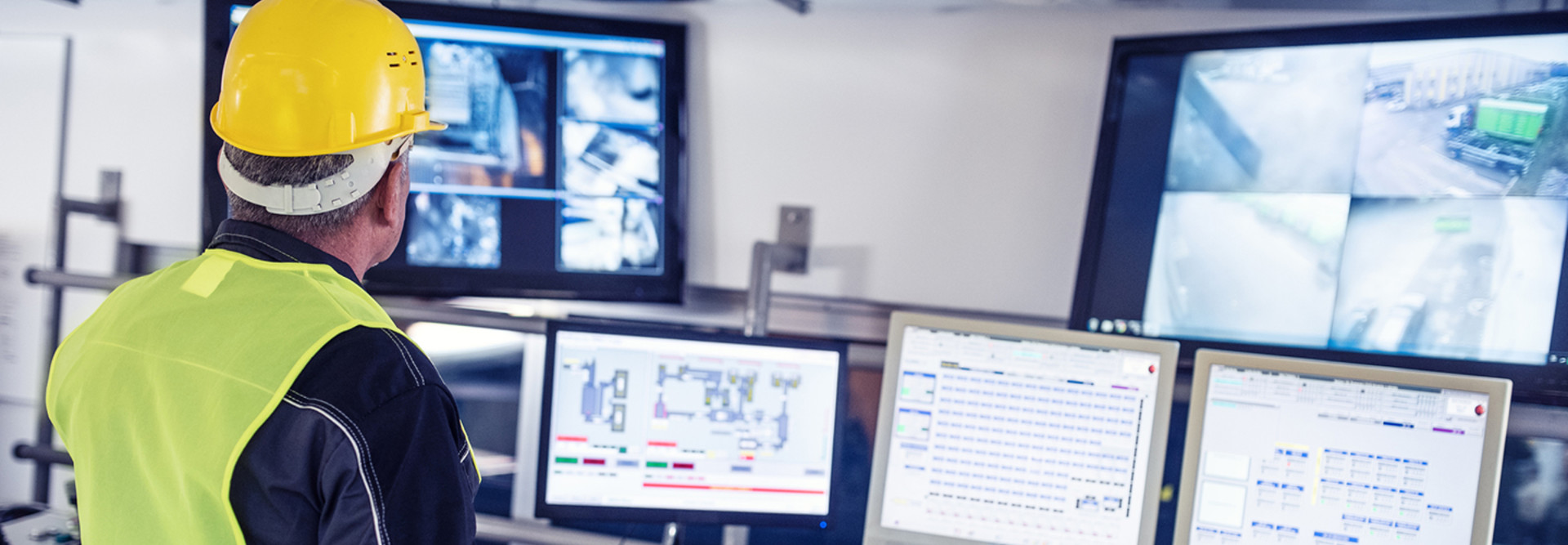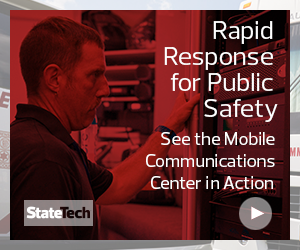Emergency Management Agencies Display Priority Data
Video walls are proving popular with other public safety agencies throughout the country.
Sgt. Johnmichael O’Hare, supervisor of the Capital City Command Center in Hartford, Conn., revealed his command center includes the latest technology, including a video wall, Campus Safety reports. The center integrates open architecture video software with third-party analytics software to produce a citywide law enforcement network, Campus Safety reports.
“We aggregated our 911 dispatch system with our video wall pop-up views to augment the way we monitor neighborhood cameras. If something happens, we automatically see the priority of the call,” O’Hare says.
Kauai, Hawaii, Mayor Bernard P. Carvalho Jr. and representatives from the Kauai Emergency Management Agency, Kauai Fire Department, Kauai Police Department and other officials recently unveiled upgrades to the county’s Emergency Operations Center, including "an 18-screen, multiple-layout, high-definition video wall and multiple breakout room displays, with touchscreen controls and supporting hardware and software. Multimedia feeds include video-teleconferencing, cable access, emergency management statewide software, geographic information system interfaces and more," The Garden Island states.
“The KEMA EOC serves as the county’s primary and central command hub for our community emergency management team before, during and after any major disaster or large-scale emergency — making it a most critical facility,” Carvalho said.
MORE FROM STATETECH: Discover the operational benefits of public safety tech innovations.
Police Departments Monitor Surveillance Streams on the Walls
Police departments across the country rely on video walls to improve their response to criminal activity. Several prominent municipal police departments turned to Leyard Optoelectronic, the parent company of digital signage maker Planar Systems, for their video wall systems.
In Chicago, an 18-display video wall in the police department’s Crime Prevention and Information Center empowers officers to share and process information gleaned from cameras, gunshot detection devices and crime reports.
And in Memphis, Tenn., the city’s Real Time Crime Center installed a curved video wall spanning more than 130 feet. It enables police officers to see and respond to criminal activity caught on its surveillance network.
However police departments may configure their video walls, the value of the display technology becomes apparent when it comes to fighting crime.
As retired Sgt. Joseph Patty, surveillance manager, Memphis Police Department, said of his department’s video wall, “It ensures that a single officer can get a big-picture view of something he’s seeing on his own PC, or content from any officer’s PC can be put on the video wall and shared with all other officers on duty at the time. So, in either case, we’re better able to see a crime that’s either developing or in process, and better equipped to see how best to resolve it.”
This article is part of StateTech's CITizen blog series. Please join the discussion on Twitter by using the #StateLocalIT hashtag.












